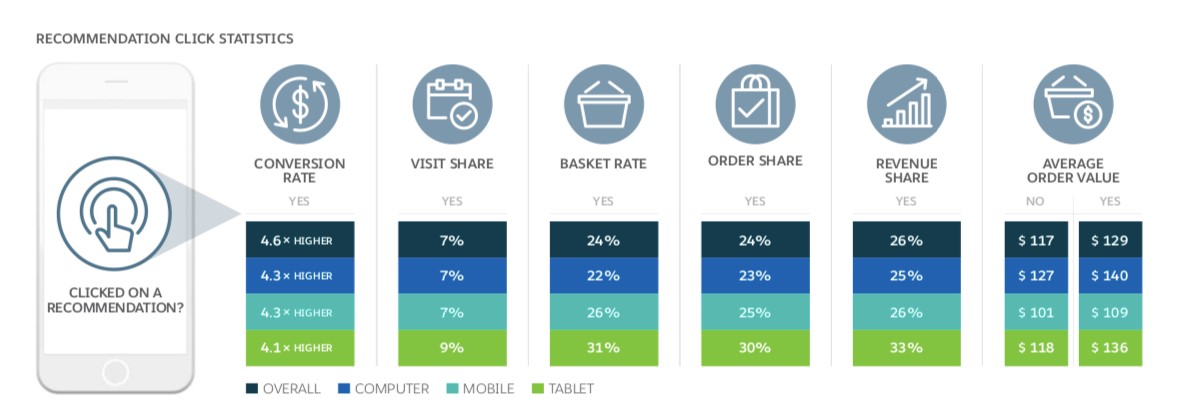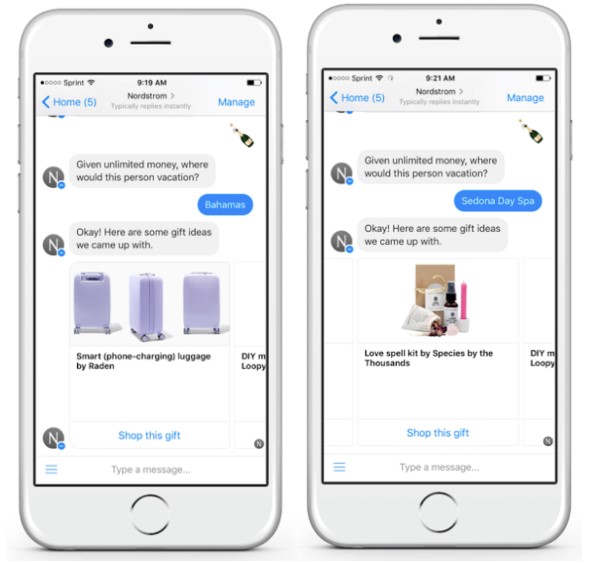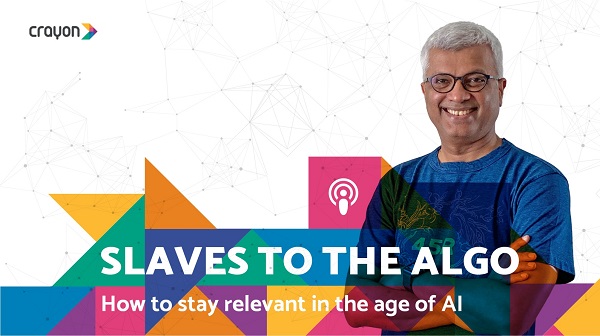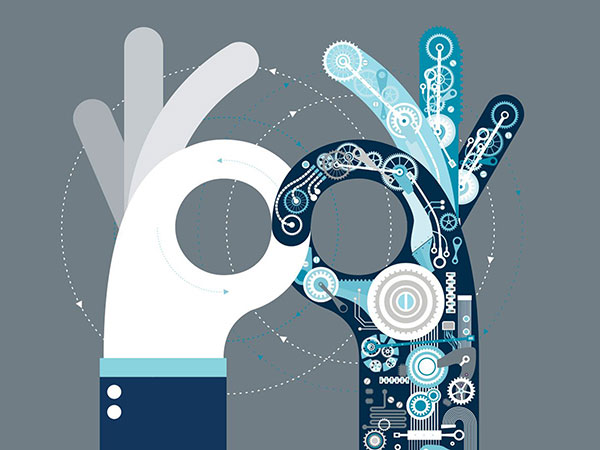What makes a successful online business?
Certainly, there is no one clear answer. There are many (not-so-secret) secrets to selling online successfully – including offering great customer service, excellent products, strong marketing, and so on. However, in today’s fiercely competitive e-commerce market, features like these are give-ins. Online businesses need more support and help if they are going to capture their audience’s attention and turn them into paying customers.
When it comes to e-commerce, AI is becoming an integral part of many online businesses. It is even predicted by a study from Gartner that by next year, 85% of online customer interactions will be handled through AI technology.
Most notably, AI is being used to support the most basic business goal: increase conversions. This same study also noted that when companies added AI to the mix, conversion rates grew by up to 30%.
Ultimately, every business decision and strategy are made with the purpose of boosting sales by generating more leads or connecting with customers. By embracing new technology and utilizing AI as a key part of sales and marketing, online businesses can expect to see excellent returns.
Let’s discuss some of the most noteworthy ways that AI is changing the game for online businesses.
1. Creating a user experience founded on data
For an online business, the user experience (UX) of the website is everything. It basically determines whether or not a customer will follow through with a purchase or visit your website again. A poor UX can have severe implications, so many e-commerce companies are constantly searching for little ways to improve the online experience with added features or website design changes.
AI is helping designers to optimize these websites by basing UX changes on data – rather than just guessing at what will work. AI can measure consumer behavior and important metrics in real-time. Therefore, designers can pinpoint the exact links and pages that are malfunctioning or simply hurting the UX. Issues of this nature are obvious barriers to the customer experience.
However, it’s not just the functionality of a website that influences the UX; the design and overall appearance matters, too. In a study conducted by Adobe, 66% of customers stated that they would spend a longer period of time on a website with a beautiful design over a simple or plain one. Furthermore, the majority of consumers would stop engaging altogether with a website if the design was unattractive.

AI can assist in this area by means of optimized design testing. In the past, designers had to rely on A/B testing to compare design variants against one another. But with AI, multiple design elements can be tested simultaneously. From there, predictive technology can extrapolate results much faster and even offer analytical reports with suggested improvements.

2. Intelligent sales bots
Conversational chatbots have been in use for customer service for a while now. Smart sales bots, however, are relatively new and create a personalized shopping assistant that can increase order sizes. The reason that these tools are so effective is because of the hyper-personalization they provide to each individual customer. People spend over four times more per order when they receive customized recommendations or curated product suggestions.

Through the use of a few simple questions, AI salesbots can quickly narrow down product inventory to a handful of relevant options that meets the customer’s needs, preferences, and overall style. However, you need to make sure that your bot’s Natural Language Processing is on point to make the conversation flow and ensure that the salesbot understands the customer’s intent.
The Nordstrom salesbot, that was powered by Snaps, offers a great example of how to use natural language to gather the data needed for curation. During the holiday season, this chatbot asked a series of questions to get to know the user and offer gift suggestions for every person on their list.

By using this intelligent platform, Nordstrom’s bot helped the retailer to connect with customers and provide relevant sales options. This resulted in a 7.2% increase in revenue along with a 20% jump in online sales.
3. Smarter search options
Shoppers that find products using your website’s search option are 216% more likely to convert if they can find the products they are looking for.
Since search options are based on keywords, it is often difficult for customers to find a product if they are not entirely sure of its name or description. For instance, say that a customer is looking for a pair of flowy white pants. However, the product title on your website is “ivory wide-leg trousers.” This product would not match up with the customer’s search, leading them to believe that your store does not carry the item they are looking for.
AI can be helpful here with intelligent predictive search that offers suggestions based on a user’s past searches. If a customer has already viewed a product page, then these results would top the suggestion list. AI can also help to find associating keywords to correlate products that may not match up customer searches with related products, even though it may not contain the same wording.
AI-powered plugins like Twiggle are designed to use machine learning to gain a deep understanding of customer intent to optimize on-page search results. Through the use of AI, the program scans product descriptions and pictures to create a library of potential keywords that customers would use to describe a product. It also monitors and adjusts based on customer behavior for continuous improvements.
Conclusion
When it comes to selling online, the real secret to success is knowing what your customers want and when/how to provide it to them.
AI can help online businesses truly tap into customer intent through several methods, including natural language processing and relevant personalization. Ultimately, this is what influences conversions and will lead to more profitable online businesses.

























